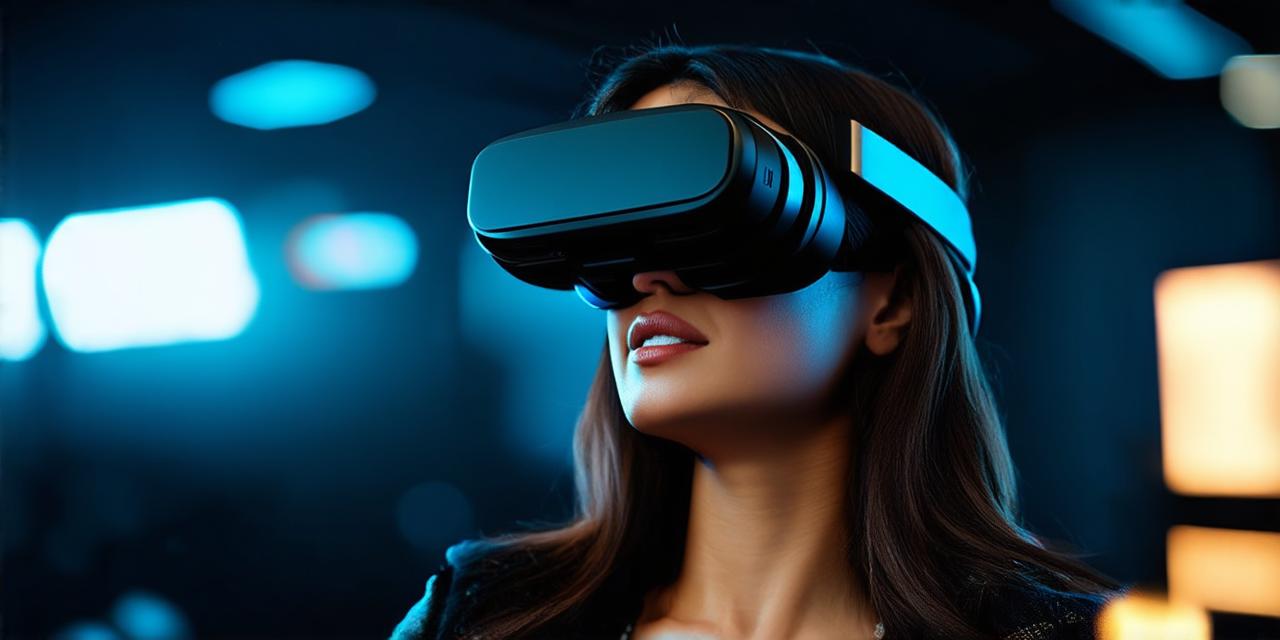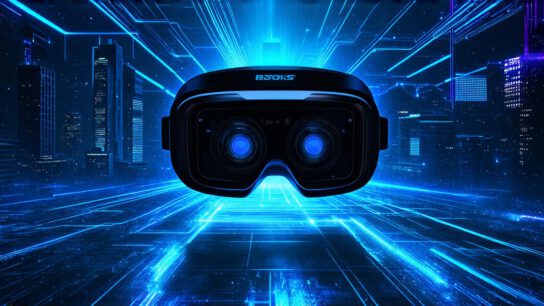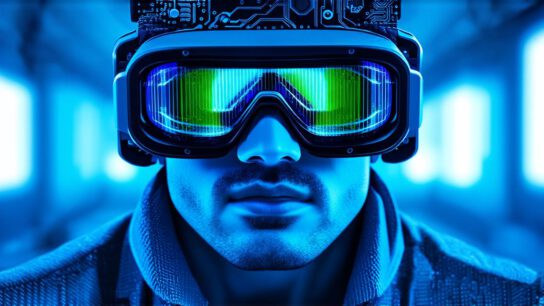Virtual reality (VR) is a rapidly growing technology that allows users to experience immersive environments and interact with them in new ways. In recent years, there has been increasing interest in the potential of VR to reduce anxiety symptoms.
One of the key advantages of VR is its ability to create highly realistic simulations of real-world environments. This can be particularly useful for people with anxiety, as it allows them to confront their fears in a controlled environment. For example, someone with a fear of heights could use VR to simulate being at the top of a tall building and gradually work their way down, while someone with social anxiety could use VR to practice giving speeches or interacting with others in a virtual setting.
Studies have shown that VR can be an effective tool for reducing anxiety symptoms. In one study published in the Journal of Medical Internet Research, participants who used VR exposure therapy to treat their fear of flying reported significant reductions in anxiety levels compared to those who did not use VR.
Similarly, a study published in the journal Frontiers in Psychology found that VR exposure therapy was effective for reducing symptoms of PTSD and social anxiety disorder.
While the evidence is promising, it’s important to note that VR is not a cure-all for anxiety. It should be used as part of a larger treatment plan that includes therapy and other forms of support.
Additionally, not everyone may respond to VR exposure therapy in the same way, so it’s important to work closely with a healthcare professional to determine the best approach for each individual case.
There are also potential risks associated with VR exposure therapy. For example, some people may experience severe anxiety or distress during their virtual exposure, which could be exacerbated by the intensity of the simulation. Additionally, there may be concerns about the long-term effects of using VR technology for treating mental health conditions.
Despite these potential risks, many experts believe that VR has great potential as a tool for reducing anxiety symptoms. “Virtual reality can be an effective way to expose patients to their fears and help them learn coping strategies,” says Dr. Sarah Knapton, a neuroscientist at the University of Cambridge. “It’s a safe environment where they can practice and gradually build their confidence.”
There are also many VR developers working on creating virtual environments specifically designed to reduce anxiety symptoms. For example, some companies are developing virtual reality experiences that simulate relaxing natural settings like beaches or forests, while others are creating simulations of everyday situations like grocery shopping or public speaking to help people with social anxiety.
One of the most promising areas for VR in reducing anxiety is in the treatment of PTSD. A study published in the journal PLOS ONE found that veterans who used a VR exposure therapy program reported significant reductions in PTSD symptoms compared to those who did not use VR. The study’s lead author, Dr. David J. Emmelkamp, believes that VR could be a game-changer for treating PTSD.
“Virtual reality provides an environment where patients can confront their traumatic experiences in a safe and controlled way,” he says.
While there is still much to learn about the effectiveness of VR as a treatment for anxiety, many experts believe that it has great potential. As technology continues to improve, we can expect to see more research on this topic and more innovative uses of VR in treating mental health conditions.



